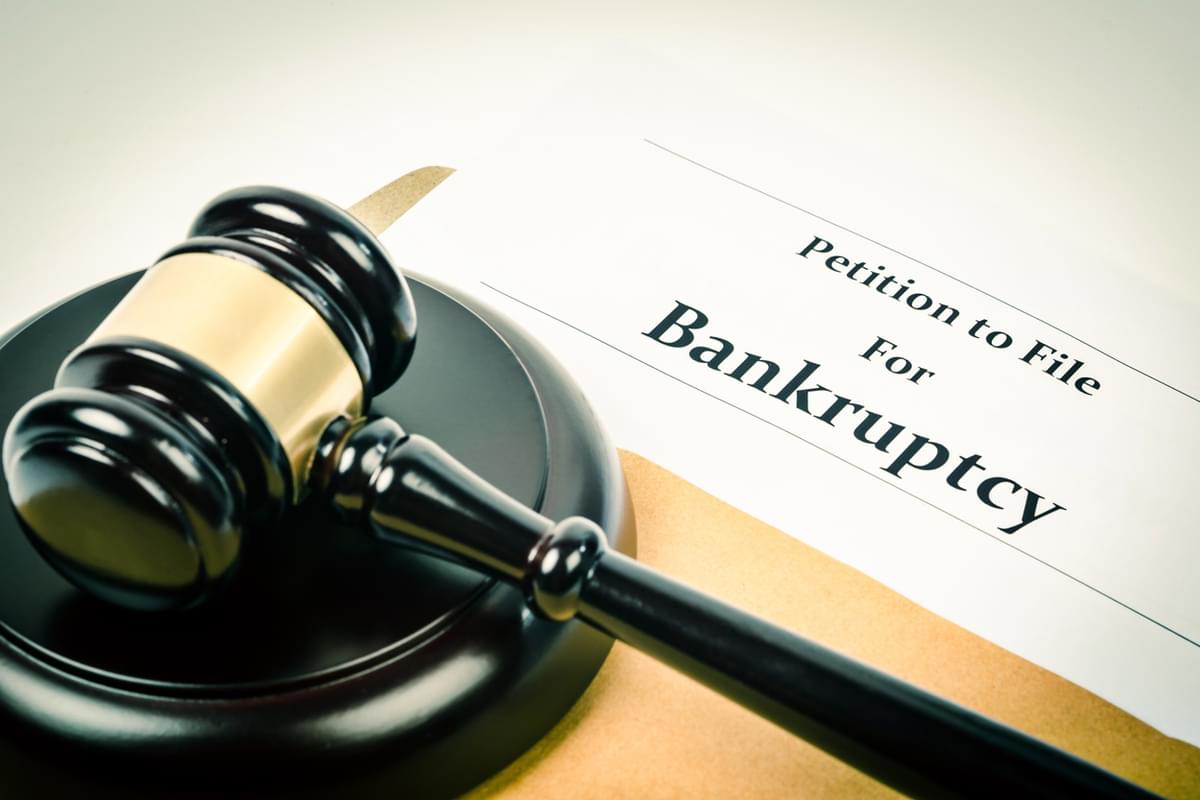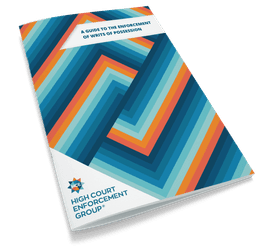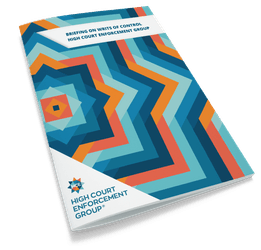Bankruptcies and IVAs

Bankruptcy is seen as a last resort; it is suitable for those who have little hope of being able to repay what is owed in a reasonable period. The decision to become bankrupt is therefore not one that should be taken lightly and anyone thinking of becoming bankrupt should explore other options first.
Increased bankruptcies
Bankruptcies in England and Wales are at the highest levels seen since 2014 with 4,228 recorded between April and June this year.
This increase is driven both by debtor and creditor applications for bankruptcy. A creditor can apply to the court for a debtor to be declared bankrupt if they are owed more than £5,000. A debtor can apply to court themselves to be declared bankruptcy and must pay a fee, the application will be looked at by the insolvency service who will decide if they should be made bankrupt.
IVAs
IVAs are an agreement with creditors to pay all or part of what is owed. Creditors owed at least 75% of the total debt must agree to an IVA. The number of IVAs has decreased in Q2 for the second quarter, the highest levels of IVAs in 8 years were seen in Q4 of 2018.
The report from the Government, which can be viewed in full here does, however, state that there has been a reduction in the number of self-employed entering bankruptcy.
Reasons for bankruptcy
There are several reasons that an individual might have to enter bankruptcy, these range from a heavy reliance on credit that becomes unsustainable to a loss of job or a divorce. It might be that an individual has sudden and large unexpected expenses which are unavoidable and can’t necessarily be planned for.
There might be a heavy reliance on credit cards, this can be the case for students and young people who have just left home and struggle to meet financial commitments.



